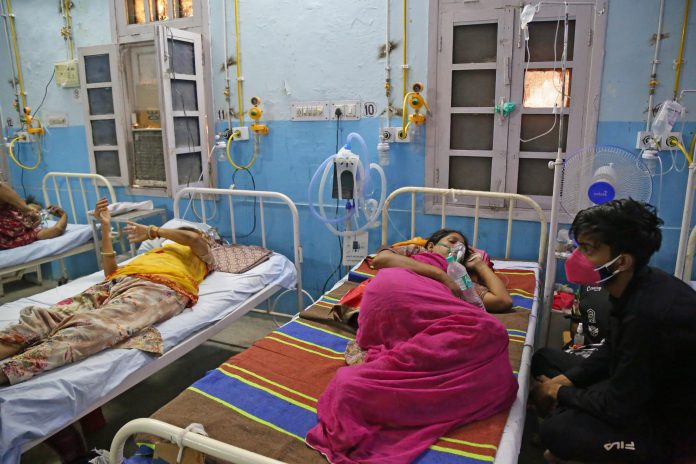New guidelines have been proposed for mechanical ventilators adapted to low- and middle-income countries, to bridge the ventilator access gap across Africa, Asia, Central and South America
The COVID-19 pandemic highlighted the lack of ventilators in many LMICs, due to electrical shortage and less spending for essential supplies to tackle the pandemic.
New designs for mechanical ventilators that can work in low- and middle-income countries (LMICs) have been produced, aiming to work in countries with less electrical capacity and work to bridge the human resource gap in hospitals.
The guidelines, based on the results of an original survey of more than 50 expert anaesthetists and intensivists from 23 LMICs in Africa, Asia, Central and South America, are vital for countries that have few mechanical ventilators, as low ventilation capacity limits access to critical care and surgery.
Ventilators can be very expensive to transport, repair, and use
Published in the British Journal of Anaesthesia and led by King’s College London, the new guidelines aimed to define the key design features for a mechanical ventilator, in order for practical, realistic use – as well as being sustainable – across low-resource settings.
The study portrayed the infrastructure in which ventilators are needed across countries, stating issues countries may currently have in accessibility of COVID-19 resources. Ventilators produced for high income countries might not be sustainable in LMICs, because they may be too difficult or expensive to repair.
Taking survey responses from LMIC hospitals, they found that larger LMICs hospitals show electricity supply was interrupted daily (19%) and weekly (25%), but three quarters of these outages lasted less than two hours.
Therefore, the researchers noted that a relatively small battery in the ventilator could be beneficial in this situation of lacking electricity availability, and that the design of a mechanical ventilator would also need to include an air compressor, and either a gas cylinder or an oxygen concentrator.
There wide range of infrastructure within low- and middle-income countries, so taking ventilator designs which would suit these LMIC guidelines, they can close the disparities in many of these countries with essential, applied healthcare.
“The global unreliability of electric power supply in low- and middle-income countries calls for designs of medical commodities and equipment to be customised”
Dr Federico Formenti, Reader in Physiology from King’s College London, said: “The pandemic highlighted the lack of mechanical ventilation capacity in many low and middle-income countries, where the use of ventilators designed for wealthier countries is not sustainable for technical and financial reasons.
“Our study systematically investigated the infrastructure and context where ventilators are required and, based on a survey and expert opinion, we identified the fundamental guidelines that could enable the design of a context-specific and sustainable mechanical ventilator for larger hospitals in LMICs.”
“Global unreliability of electric power” is huge issue
Dr Mpoki Ulisubisya, Permanent Secretary at the Ministry of Health in Tanzania and co-author of the study, said: “The global unreliability of electric power supply in low- and middle-income countries calls for designs of medical commodities and equipment to be customised.
“This customisation is essential if patient care is to be optimised and of a quality to meet patient’s needs. The pandemic exacerbated this need when mechanical ventilation equipment was in question hence this study and the raised recommendations for equipment meant for low- and middle-income countries.”
Co-author Professor Madiha Hashmi, from Ziauddin University in Pakistan, added: “COVID19 pandemic has highlighted the dearth of respiratory support equipment in low resource countries.
“Even when available these complex machines are unable to save lives when operated by untrained persons. Simple ventilators with auto-modes may bridge the equipment and human resource gap.”











